In the rich tapestry of Greek mythology, Satyrs hold a unique place, renowned as much for their mischievous nature as for their distinctive half-human, half-beast appearance. These woodland beings, often depicted with the upper body of a human and the lower body of a goat, epitomize the spirit of revelry and the untamed aspects of nature. They are famously associated with Dionysus, the god of wine and festivity, playing a significant role in numerous myths and legends. This article aims to delve deeply into the world of Satyrs, offering a factual, engaging, and comprehensive exploration of their origins, characteristics, and the pivotal role they played in Greek mythology and beyond. Through this journey, we will uncover the nuances of these fascinating creatures, bridging the gap between ancient myths and their enduring impact on modern culture.
| Origin | Greek Mythology |
| Classification | Mythical Creature |
| Appearance | Human upper body with goat-like lower body, including hooves and sometimes goat horns |
| Behavior | Known for their love of revelry, music, wine, and mischief |
| Habitat | Often depicted as inhabiting forests and rural areas |
| Role | Followers of Dionysus, god of wine and revelry; companions of nymphs |
| Cultural Impact | Frequently featured in Greek mythology, art, and literature |
1. Historical Background and Origin of Satyrs
Early Depictions in Greek Mythology
Satyrs initially emerged in Greek mythology as rustic, wild beings, closely allied with Pan, the god of nature, shepherds, and flocks. In these early portrayals, they were more akin to beasts, embodying the untamed and primal aspects of the wilderness.
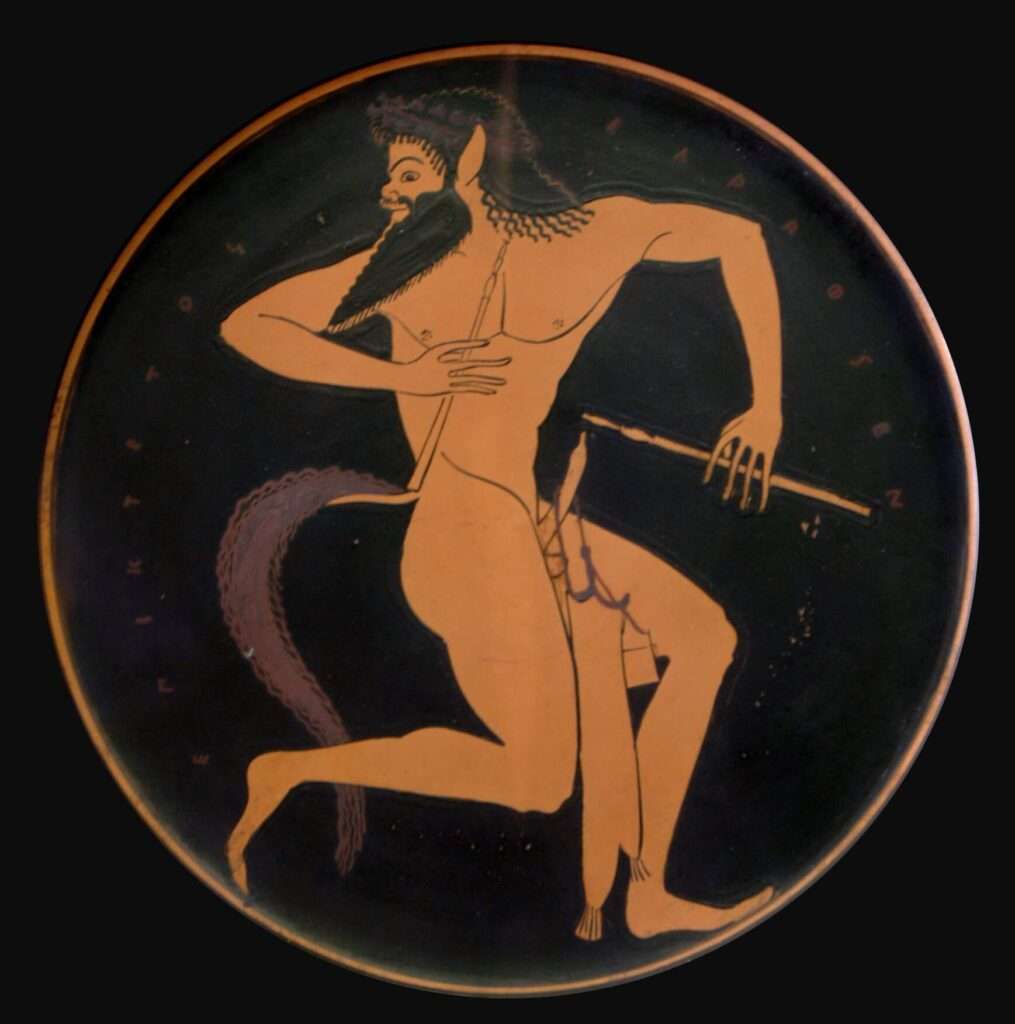
Evolution in Mythological Narratives
Over time, the representation of Satyrs underwent a significant transformation. Their association shifted predominantly to Dionysus, the god of wine, ecstasy, and festivity. This change brought a more human-like depiction, with Satyrs increasingly representing hedonism and unbridled joy. They transitioned from background characters in nature’s realm to central figures in the revelries of Dionysus, reflecting a deepening complexity in their role within Greek myths.
Reflecting Societal and Cultural Shifts
This evolution of Satyrs in mythology is not just a narrative alteration but also mirrors the changes in Greek society and religious understanding. As Greek culture evolved, so did its myths, adapting to new social norms and perceptions. The Satyrs’ journey from wild nature spirits to symbols of indulgence and celebration highlights this dynamic interplay between myth and culture.
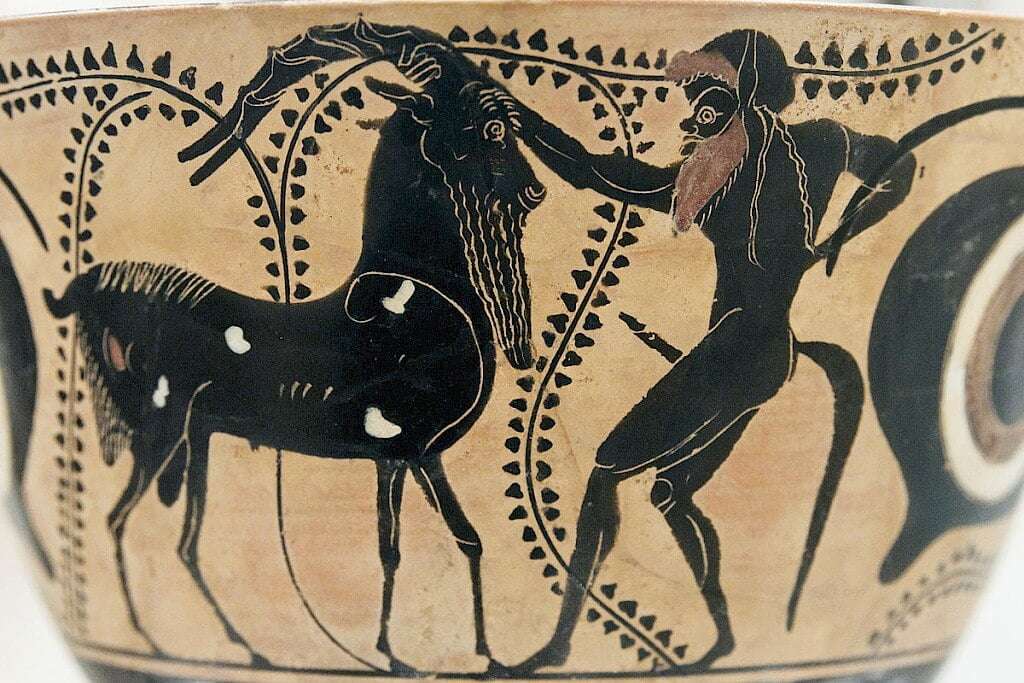
2. Characteristics and Traits of Satyrs
Physical Appearance and Attributes
Satyrs are quintessentially depicted with a unique blend of human and animal features. Traditionally, they possess the upper body of a human, complete with a robust and often hairy physique, while their lower body is that of a goat, featuring cloven hooves and sometimes a tail. This amalgamation symbolizes their connection to both the civilized world and the untamed wilderness. Their faces are frequently characterized by upturned noses, reminiscent of their animalistic lineage, and they are often shown with pointed ears, adding to their mischievous demeanor.
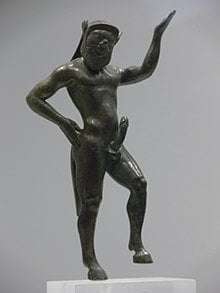
Behavioral Traits in Mythology
Satyrs exhibit a playful, lustful, and often chaotic nature in their behavior, and they frequently appear with musical instruments like panpipes or drums as they embrace their love for music and dance. They actively participate in and sometimes even provoke the famous bacchanals of Dionysus, closely tying their conduct to their association with the god. These traits underscore their role as emblems of natural instinct and desire, unrestrained by societal norms.
Their presence in myths often serves as a foil to the more civilized aspects of Greek society, highlighting the contrast between order and chaos, restraint and excess. Satyrs embody the concept of living in the moment, fully embracing pleasure and festivity. This characteristic makes them fascinating subjects within Greek mythology, as they represent a side of human nature that is usually kept in check by cultural and social structures.
3. Satyrs in Mythological Narratives
Famous Myths Involving Satyrs
One of the most iconic myths involving Satyrs is their association with Dionysus, the god of wine, fertility, and ritual madness. Satyrs were integral to the Dionysian Mysteries, a series of rituals and festivals that celebrated the god’s legend. In these stories, they often accompany Dionysus on his various escapades, indulging in wine, music, and dance. Their revelry is not just a background activity but a crucial element that adds vibrancy and energy to the narrative of Dionysus.
Another notable myth is the tale of Marsyas, a Satyr who challenged the god Apollo to a music contest and, upon losing, faced a tragic fate. This story highlights the Satyr’s audacious nature and their role in challenging, albeit unsuccessfully, the established order of the gods.
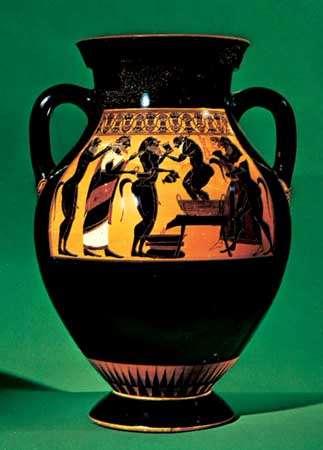
Interactions with Gods and Humans
Satyrs’ interactions in these myths are multifaceted. With gods, they often play the part of companions or followers, as seen in their relationship with Dionysus. However, they can also appear as challengers or tricksters, as evident in the story of Marsyas and Apollo. Their interactions with humans are equally complex, often characterized by a blend of assistance, temptation, and mischief. In some tales, they are portrayed as benevolent beings, aiding humans in various ways. In others, they are seen as seducers and tricksters, leading humans astray from the path of virtue.
4. Cultural Impact and Interpretation
Perceptions and Interpretations Through Time
Satyrs have undergone a remarkable evolution in perception throughout history. In ancient times, they were primarily seen as symbols of nature’s untamed side and human primal instincts. However, as time progressed, their image softened, often becoming symbols of freedom and the rejection of societal norms. In the Renaissance and later periods, Satyrs were romanticized, seen as embodiments of pastoral idylls and the harmonious blending of nature and humanity.
Influence on Art and Literature
The impact of Satyrs on art and literature is profound. In classical art, they were popular subjects, often depicted in sculptures and pottery, showcasing their playful and carefree nature. During the Renaissance, artists like Titian and Rubens brought Satyrs into their works, blending classical mythology with contemporary artistic styles. In literature, Satyrs have been a source of inspiration for many writers, from Shakespeare, who used them to add a mythical flavor to his plays, to more modern authors who have reinterpreted their symbolism in various ways.
Satyrs in Popular Culture
In contemporary times, the image of Satyrs continues to resonate. They appear in various forms in modern media, from fantasy literature and films to video games, often embodying themes of nature, freedom, and the untamed spirit. Their portrayal ranges from the traditional, mischievous and wild, to more nuanced interpretations that explore their dual nature of being both part of the human and natural worlds.
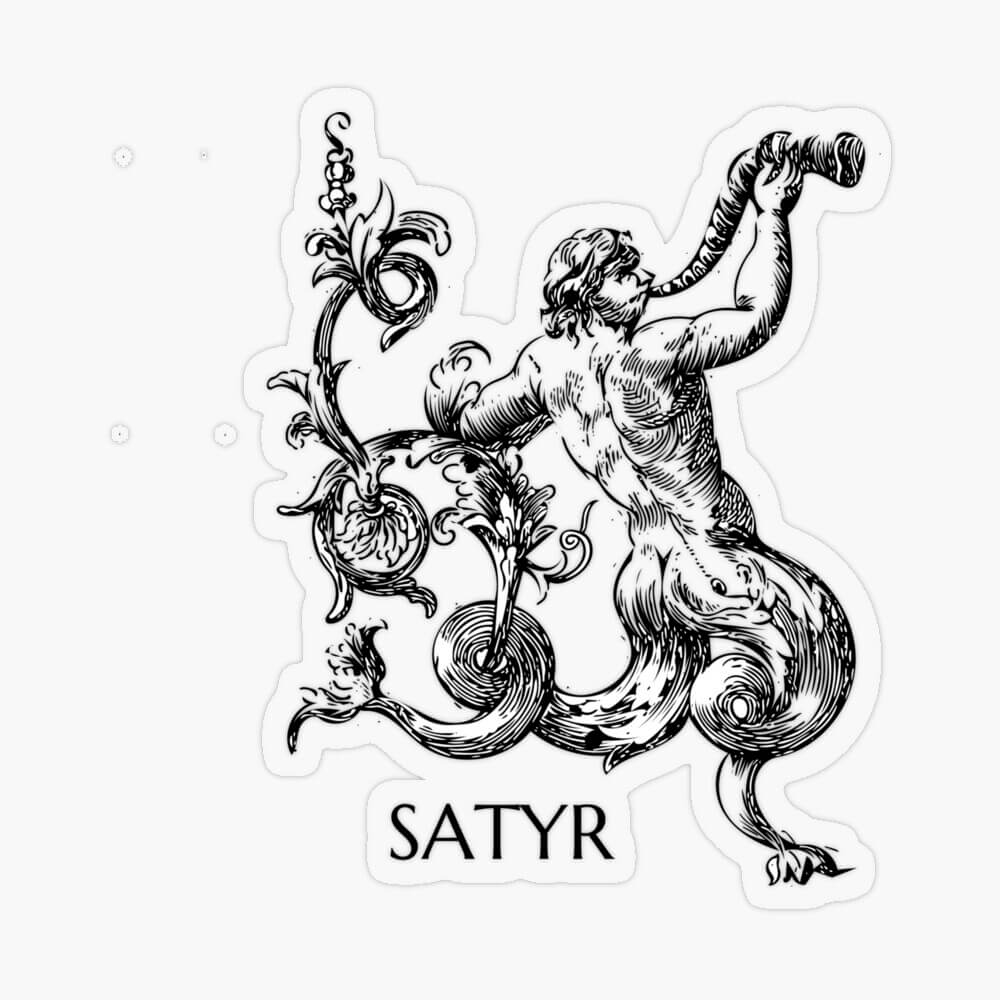
5. Comparisons with Similar Mythological Creatures
Satyrs and Fauns in Roman Mythology
Greek Satyrs and Roman Fauns share a direct comparison as they both depict half-human, half-goat creatures associated with forests and nature. They both have a penchant for merriment and follow deities linked to nature, with the Greeks worshiping Dionysus and the Romans venerating Faunus. However, Romans generally portray Fauns as more benign and less wild than Satyrs, reflecting their slightly different cultural perceptions of nature and divinity.
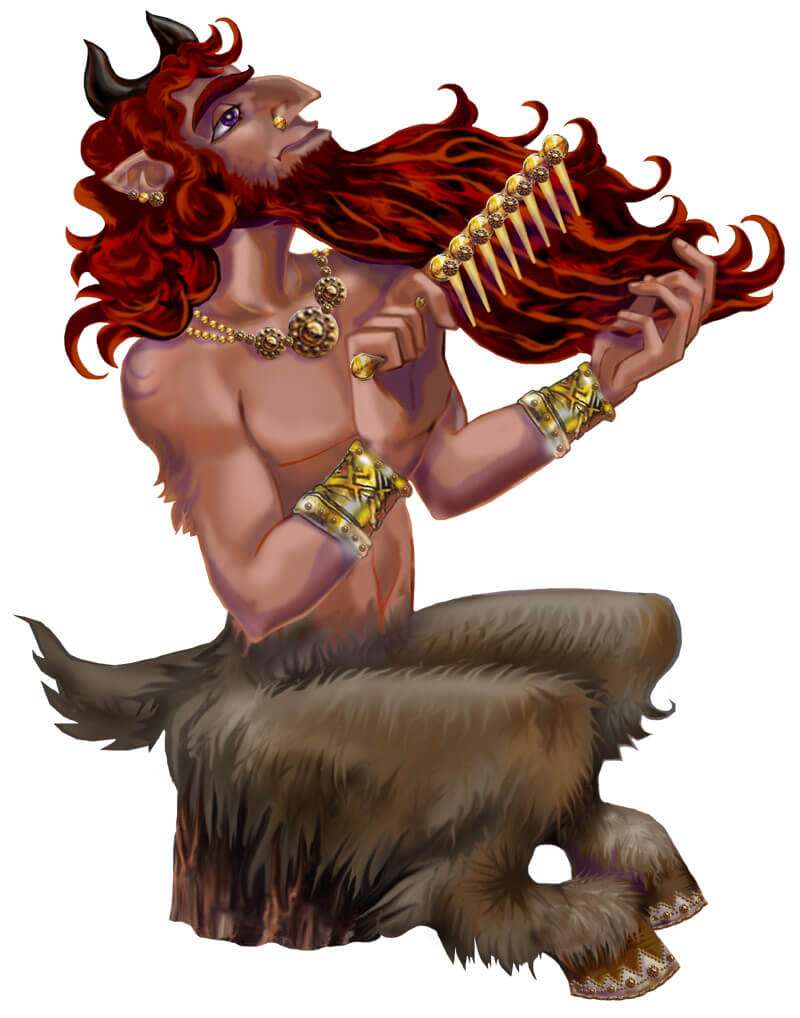
Satyrs and Celtic Mythology
In Celtic mythology, creatures like the Púca share similarities with Satyrs. Púcas are shape-shifting beings associated with the wild and agricultural aspects of the land. Like Satyrs, they can be mischievous, but their role in myths often leans more towards benevolence and protection, highlighting a cultural value of harmony with nature.
Cultural Significance of These Parallels
The comparison between Satyrs and similar mythological creatures in different cultures underscores a universal human fascination with the concept of hybrid beings that straddle the human and natural worlds. These creatures often embody the tensions between civilization and the wild, order and chaos, highlighting the diverse ways different cultures interpret and value these concepts.
These parallels also reflect the broader human attempt to understand and conceptualize the natural world, its mysteries, and its relation to human society. Through these mythological beings, ancient cultures explored and expressed the complexities of human instincts, desires, and our inherent connection to the natural environment. The enduring interest in such creatures across various cultures and epochs speaks to their universal appeal and the timeless nature of the themes they represent.
6. Conclusion
In conclusion, Satyrs, the enigmatic creatures of Greek mythology, represent a fascinating amalgam of the human and the animalistic, embodying themes of revelry, nature, and instinct. From their early depictions as wild, rustic beings to their later associations with Dionysian festivities, Satyrs have evolved significantly, mirroring changes in Greek culture and religious beliefs. Their portrayal in art and literature across various epochs highlights their enduring appeal and the complexity of their symbolism. Comparisons with similar mythological creatures in other cultures, like Roman Fauns and Celtic Púcas, further underscore the universal human intrigue with the wild and untamed. The lasting impact of Satyrs on culture, from ancient times to modern interpretations, reflects our continued fascination with the natural world and its relationship to human experience, reminding us of the delicate balance between civilization and the primal forces within us.
